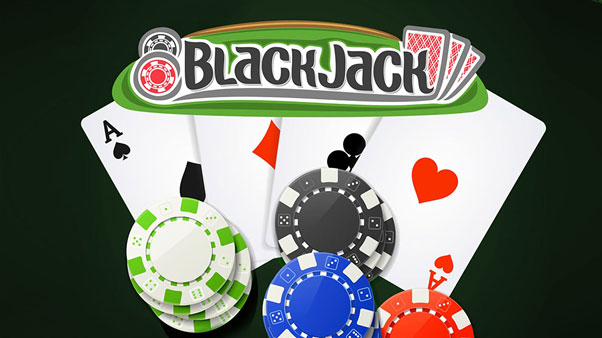If you want to make the most out of your blackjack sessions, knowing when to double down is key. Blackjack’s beauty lies in its balance of luck and strategy, giving players more control than in most casino games. And while counting cards is often romanticized, it’s not practical for most games, especially online, where shuffling or other factors prevent it. You can still up your odds and improve your game with basic strategy.

While blackjack won’t always put the odds in your favor, sticking to the math behind a solid strategy can cut the house edge to around 0.5% on a well-paying table (like one offering 3:2). Let’s get into the best times to double down so you can take advantage of those moments when your odds are highest.
What Does It Mean to Double Down?
Doubling down is a unique option in blackjack where, after your first two cards are dealt, you choose to double your original bet in exchange for only one additional card. This option comes with a risk, as you’re committing to your total after that third card—no more hits. So, using this strategy smartly is all about identifying situations where the potential reward outweighs the risk.
When to Double Down in Blackjack
Here’s a breakdown of the top situations where doubling down is advantageous:
1. Your Cards Total 11
The golden rule: if your two starting cards add up to 11, double down. This is one of the most favorable positions in blackjack, as your chances of drawing a 10 (or face card, worth 10 points) are strong, giving you a great shot at 21. Here, it doesn’t even matter what the dealer’s showing—11 is always a green light to double down.
Splitting in Blackjack, When to Do?
2. Hard 9 or 10 Against Dealer 4, 5, or 6 (or Sometimes 2 or 3)
When the dealer shows a 4, 5, or 6, there’s a high likelihood they’ll bust—about 42% of the time with these cards. If you’re holding a hard 10 or 9, you have a good chance of making a strong hand or seeing the dealer go over 21. If the dealer shows a 2 or 3 instead, doubling down is still usually okay, though a bit riskier. But doubling down is a must if you’re holding 9 or 10 and the dealer shows a 4, 5, or 6.
3. Soft 12 to 14 (A2, A3) Against Dealer 5 or 6
Soft hands (those with an Ace, which can be counted as 1 or 11) can sometimes be frustrating, but they offer good doubling-down opportunities. If you have a soft 12, 13, or 14 and the dealer has a 5 or 6, go ahead and double down. The dealer’s risk of busting is high, and you have flexibility with your Ace, making it a low-risk, potentially high-reward move.
4. Soft 15 or 16 (A4, A5) Against Dealer 4, 5, or 6
If you’re dealt a soft 15 or 16, you can afford to be bolder, as an Ace softens your chance of busting. Again, a 4, 5, or 6 is the dealer’s weakest range. Doubling down here gives you a good chance to land a strong hand while the dealer struggles to avoid busting.
5. Soft 17 or 18 (A6, A7) Against Dealer 2, 3, 4, 5, or 6
With a soft 17 or 18, if the dealer shows a 2 through 6, a double down is often wise. A soft 17 (A6) is a bit weaker than a soft 18 (A7), but the flexibility provided by the Ace reduces your bust risk and keeps you in a good position.
Following the Numbers in Blackjack
No one guarantees a win in blackjack, even with an ideal strategy. You can still experience losses, but knowing when to double down, hit, or stay according to the math will give you the best odds. Stick to these doubling-down guidelines, and over time, you’ll get better returns than relying on guesses or hunches. And if it feels tricky at first, practice makes it much easier to internalize these moves so they become second nature. Happy playing!
